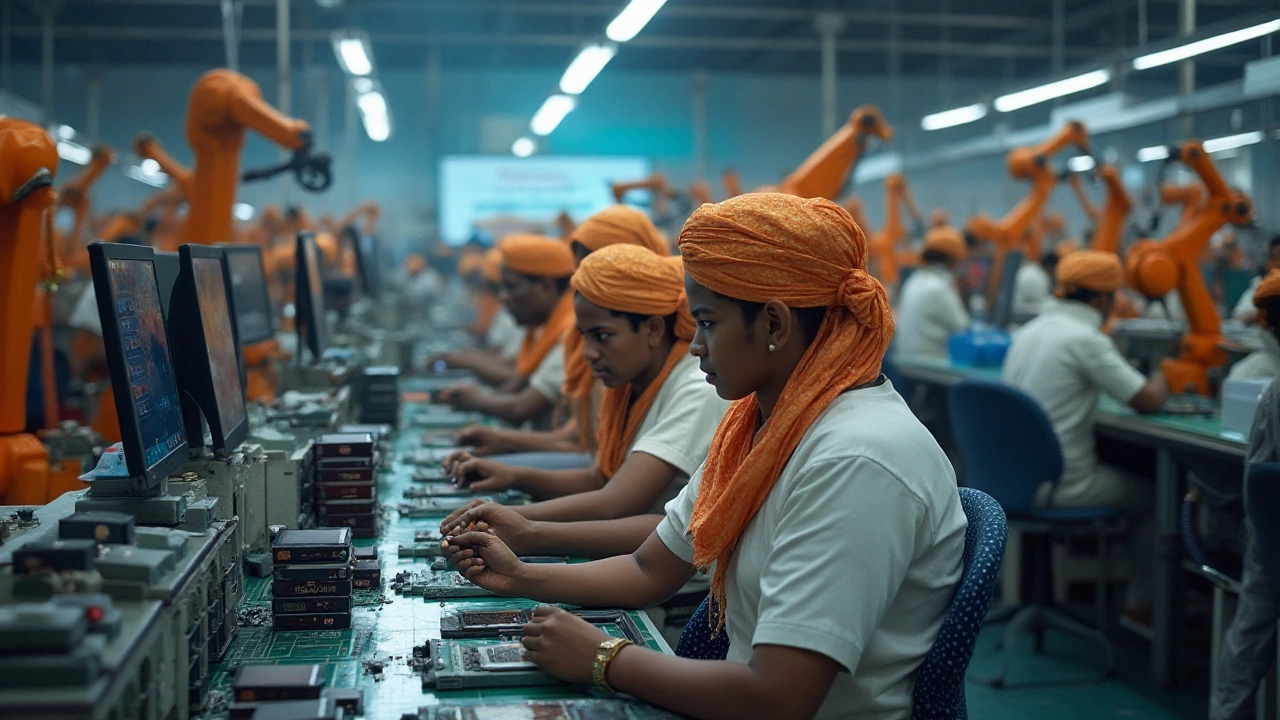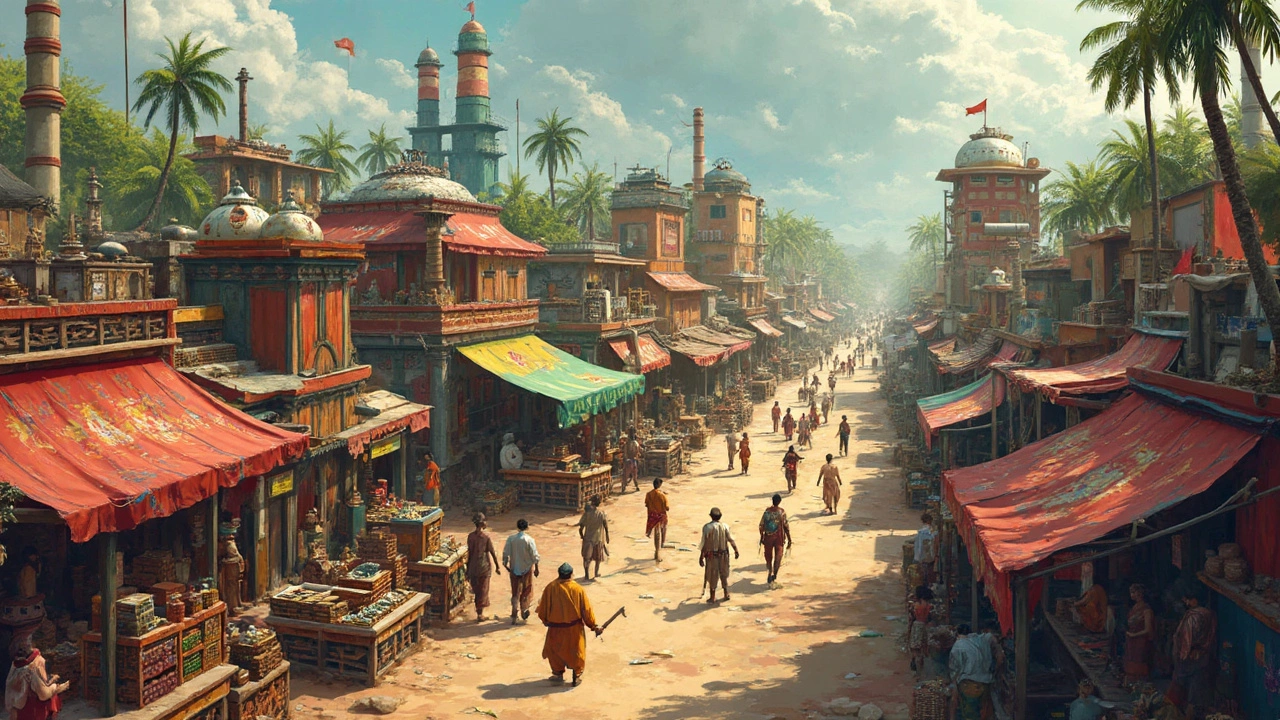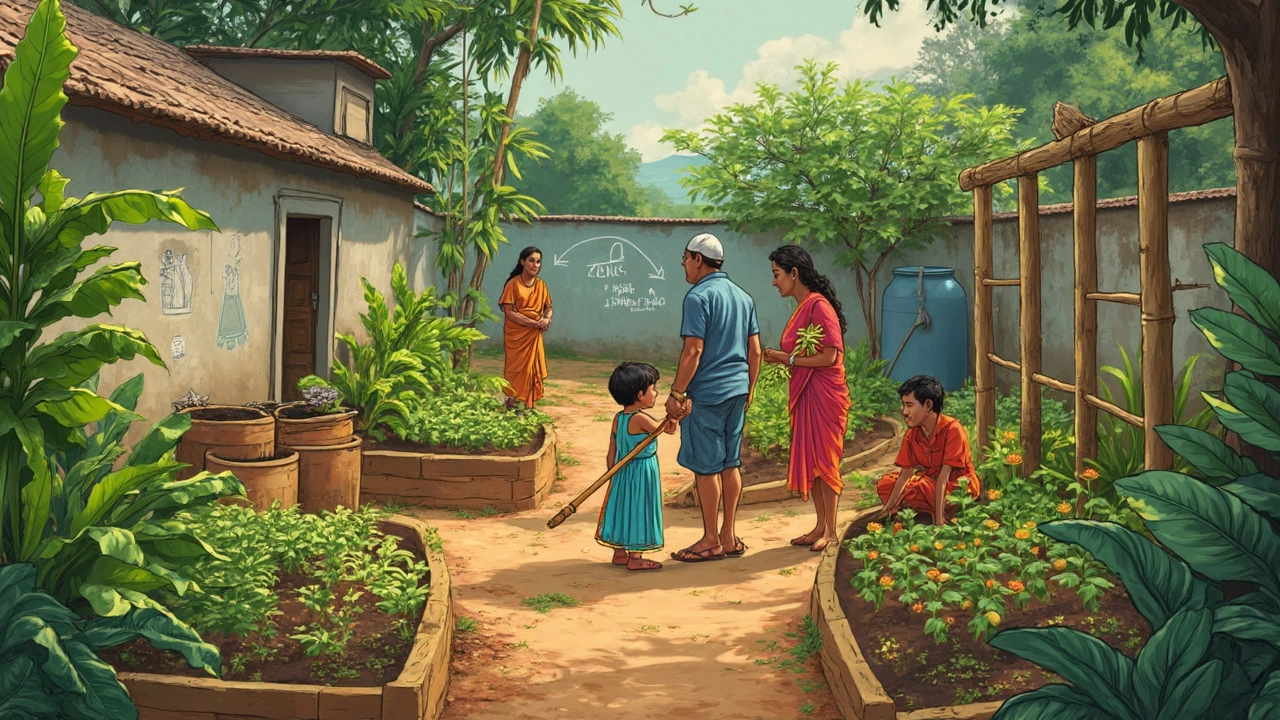Economic Impact: How Manufacturing and Agriculture Shape India’s Future
When talking about economic impact, the overall effect of an activity on wealth, jobs, and community well‑being. Also known as economic influence, it measures how sectors boost or drain resources, affect income levels, and shift social dynamics. One of the biggest drivers is Manufacturing, large‑scale production of goods that creates jobs, generates export revenue, and fuels tech adoption. Closely linked is Agriculture, cultivation of crops and livestock that feeds the nation, supports rural livelihoods, and supplies raw material for factories. Together they form a feedback loop: stronger manufacturing needs more agricultural inputs, while a thriving farm sector demands better processing, transport, and packaging. This interplay directly shapes the Local Economy, the financial health of towns and regions, reflected in employment rates, small‑business growth, and public services. Understanding these connections lets policymakers, investors, and entrepreneurs see where real value is created.
Economic impact requires sustainable practices because short‑term gains can erode long‑term stability. In manufacturing, adopting energy‑efficient machines cuts costs and reduces pollution, which in turn protects nearby agricultural land from contamination. Likewise, modern farming techniques—precision irrigation, renewable‑powered equipment—lower water usage and carbon footprints, preserving the ecosystem that factories depend on for raw inputs. When both sectors prioritize sustainability, the net effect on the local economy is positive: higher wages, better health outcomes, and a more resilient supply chain. Recent data from Indian states show that regions investing in green manufacturing see a 12% boost in per‑capita income, while farms using solar‑linked pumps cut water bills by up to 30%. These numbers illustrate a clear semantic triple: economic impact encompasses job creation, economic impact requires sustainable practices, and manufacturing influences local economies.
Key Drivers Behind India’s Economic Impact
First, job creation remains the most visible metric. Factories hiring skilled operators, maintenance crews, and logistics staff inject disposable income into households, which then fuels demand for housing, education, and health services. Second, export potential amplifies impact beyond borders. Indian textiles, steel, and pharma products command premium prices abroad, translating into foreign exchange earnings that fund infrastructure upgrades—roads, ports, and power grids—that benefit farmers and small‑scale traders alike. Third, technology transfer bridges the gap between sectors. Automation in manufacturing speeds up processing of agricultural produce, reducing waste and opening new markets for growers. Finally, policy frameworks such as the Make in India initiative and the National Agriculture Mission provide financial incentives, tax breaks, and research grants that align both industries toward common growth targets. By mapping these drivers, readers can see how each element plugs into the larger puzzle of economic impact.
Below you’ll find a curated list of articles that dive deeper into each of these themes—how daily water practices affect container gardens, the real pay ranges for factory jobs, the rise of recycled plastics, and the ways car sales trends signal broader economic shifts. Whether you’re a farmer looking to partner with a manufacturer, a business leader eyeing profitable sectors, or simply curious about how India’s economy ticks, the pieces ahead offer practical insights and real‑world examples to help you navigate the landscape.
Why the Manufacturing Industry is Struggling: Examining Government Interventions
Manufacturing is facing significant challenges as industries worldwide adapt to technological advancements and shifting economic climates. Despite numerous government schemes aimed at revitalizing the sector, the manufacturing industry continues to struggle. This article explores the causes behind the decline of manufacturing, assesses the effectiveness of government interventions, and discusses potential strategies for revival. With a focus on real-world impacts, it highlights how these trends are reshaping the economy.
- manufacturing
- India
- food processing
- garden tips
- rice cultivation
- government schemes
- balcony garden
- urban gardening
- balcony gardening
- profitable business
- business ideas
- plastic manufacturing
- drip irrigation
- plant care
- steel manufacturing
- sustainable gardening
- startup ideas
- steel industry
- flower gardening
- textile manufacturers






